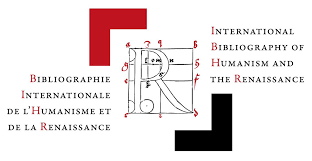The town and the townspeople in the novel “Garden, Ashes” by Danilo Kiš
DOI:
https://doi.org/10.31168/2073-5731.2023.1-2.3.02Keywords:
Danilo Kiš, topos, locus, heterotopia, ekphrasis, socio-anthropological typeAbstract
The novel by Serbian author Danilo Kiš (1935‒1989) “Garden, Ashes” (1965) is his first major work. The novel demonstrates the writer’s completely formed style, models and techniques, as well as his key themes and concepts. The topoi and loci of a relatively small provincial town, as well as the socio-anthropological types of the townpeople are presented through the prism of a “child’s perspective” in the memoirs of the narrator-hero, colored by the adult bitter irony. The town appears full of sounds, colors, smells, and the child’s memory captures urban legends, rumors, and everyday practices of townpeople (country walks on Sundays). In the novel there are also special spaces (heterotopia) — a room in a house on the Horse Chestnut Street, a train compartment, a ghetto where the father is sent— where the hero-narrator gets a special experience. The novel is based on the facts of the writer’s biography, closely related to the tragic events of the twentieth century (the World War II and the death of his father in Auschwitz).
Received: 20.01.2023.
Citation
Sagalovich E. V. The town and the townspeople in the novel “Garden, Ashes” by Danilo Kiš // Slavic Almanac. 2023. No 1–2. P. 268−286 (in Russian). DOI: 10.31168/2073-5731.2023.1-2.3.02






